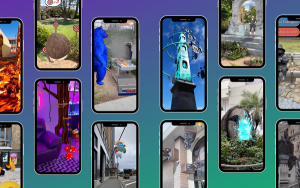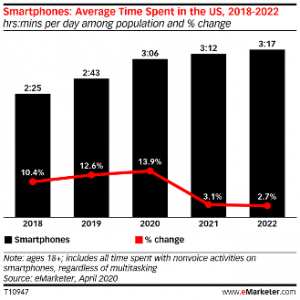
As a new year approaches, it’s traditional for people to make resolutions and commit to making changes. On the HR front, 2016 may be a good time for leaders to initiate organizational change.
Why not take a two-pronged approach? Use a top-down approach to make the case for strategic HR in the C-suite and simultaneously, focus on a bottoms-up, grassroots movement to increase employee engagement and create cultural change from within. Here are some tips to jumpstart both initiatives.
HR and the C-Suite: Winning a Seat at the Table
Employees are one of the greatest assets for companies – without them, day-to-day business could not go on. However, many executive teams overlook the importance of the HR function. In order to win a place in the C-suite, HR leaders must demonstrate the value of their work. There are many ways to accomplish this goal.
- Use data to “connect the dots” between HR initiatives and company success. Executives tend to take an analytical approach to business and the same goes for HR issues. Fortunately, data exists that demonstrates the value of strategic HR. Recent research shows that when companies include strategic HR in their operations, they benefit from almost 40% lower turnover, 38% higher employee engagement, and more than twice the revenue per employee than organizations that take a transactional approach to the HR function.
- Raise visibility of HR issues that relate directly to organizational performance. In the absence of strategic HR, performance at many companies may be at risk. As baby boomer employees retire, talent management and succession planning become more important. To recruit quality talent, companies need a strong employment brand that conveys the organizational culture and communicates what makes the organization a great place to work. Technologies, such as social media, are also having an impact on HR. Tools like Facebook and LinkedIn can be used to attract new employees. It may also be prudent to define a company policy around employee use of social media.
- Understand how the business works and how HR initiatives support broader company goals. Chief Human Resource Officers (CHRO) are not only experts on HR matters, they also know how the business works and the key issues that affect revenue generation, as well as company expenses. Consider reading business publications that cover trends important to the company and forward relevant articles to other members of the executive team. This will increase HR’s visibility in the organization at large.
Grassroots Efforts with Frontline Staff: Increasing Employee Engagement
When employees are engaged, they are proud of their work and their organizations. This generates numerous benefits, ranging from higher productivity on the job to positive communication about their employers which persuades friends to apply for open positions. Research has found that engaged employees are on average 31% more productive than their peers. One of the keys to engagement is developing a culture that conveys that employees and their work are valued. HR leaders and managers can promote a positive company culture in several ways:
- Support training and development. Employees are more likely to be committed to their work when they see that their employer wants to invest in them. Professional development can be offered via formal programs like classroom and online learning. Alternatively, informal programs can also be effective such as job shadowing, mentoring, and career coaching.
- Encourage work-life balance. It’s no surprise that employees are more productive when they don’t feel burned out. Leaders should model work-life balance by not working excessive hours. Employers should also consider offering programs that support health and wellness, such as onsite fitness facilities or healthy snacks in the office.
- Explain the company’s vision, mission, and objectives. Employees like to understand how their day-to-day work connects to the company’s longer term goals. Communicating this information to groups, as well as in one-on-one interactions can go a long way towards improving employee engagement.
As you develop your New Year’s resolutions for 2016, try adding these to your list. Making progress with strategic HR and employee engagement can pay dividends all year long and beyond.
Business & Finance Articles on Business 2 Community
(28)









